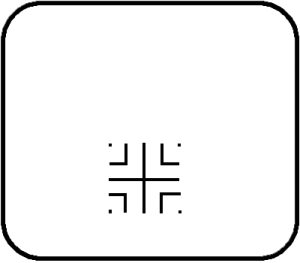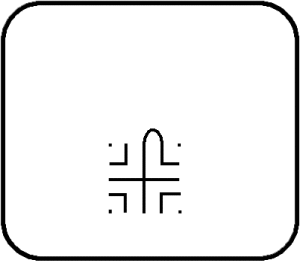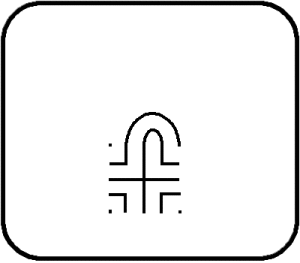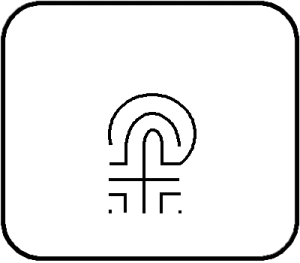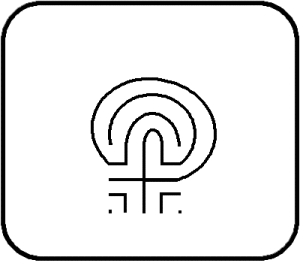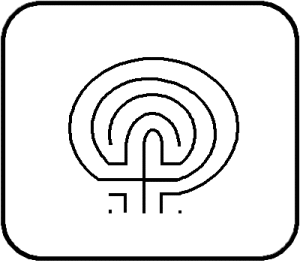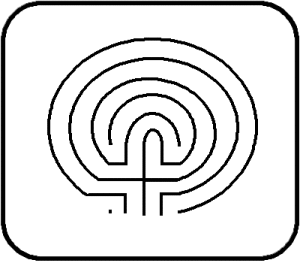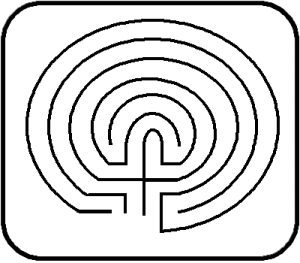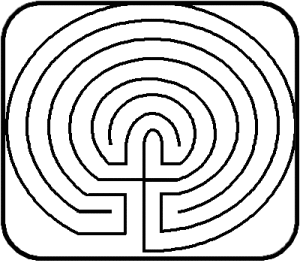I knew that somewhere out there was a deeper definition of the term, labyrinth. Just the other day I found it on the Labyrinth Society’s web page: “A labyrinth is a single path or unicursal tool for personal, psychological and spiritual transformation.” Herein separates the term from the word maze.
Not able to find a definition of unicursal, I was dependent on the meanings given amidst the maze-lovers out there in cyberspace. Unicursal is one-path. It is one-way. It has one course. A maze, on-the-other-hand, is mutlicursal. It has many courses. It gives us choices.
I thought of Daedalus. He was the mythological man who built the classic labyrinth in mythology. Under direction of Minos, King of Crete at Knossos, Daedalus constructed the labyrinth to contain the Minotaur. The legend says that Daedalus had a hard time finding his way out after it was built. I asked myself, how? A single path without choices couldn’t be too difficult to figure out. How did it contain the Minotaur?
So I imagined the story. Here was a labyrinth that was long and large. It was curvy at times, strait at others. The monotonous walls and ceiling persisted forward, or backward, which ever way. The stillness engaged the mind, and as one wandered the path, one got lost. Daedalus’ emergence from the labyrinth most likely contributed to psychological and spiritual transformation.
I am told that our own construction of labyrinths can therapeutically deliver us in a similar way. Many around the globe, in all customs, cultures and religions have, create and walk in constructed labyrinths, usually drawn-out on a floor, in turf, or on pavement. If you don’t have the resources, simply drawing a labyrinth can stoke energy flow in the mind. Here is how to draw a classical seven-course labyrinth:
The design begins with a ‘seed pattern.’ The most common is the cross seed patten, demonstrated here, the middle is a cross, and outward are right angles. Make sure there are dots in the corners.
Loop off one of the paths. There are seven paths remaining.
Begin to connect the tips of each line or dot as shown. Begin on the immediate sides of the closed path and connect.
Continue the pattern. You will have to extend the lines of the walls to keep the pattern going. On the last loop, you will have to extend the walls in order to create one course. By the end you should have one opening (also known as the mouth,) and one goal, which is around the center. Remember, this goal is not the end of the labyrinth, for a labyrinth’s beginning is also its end.
I hope you have a therapeutic time drawing one yourself.
